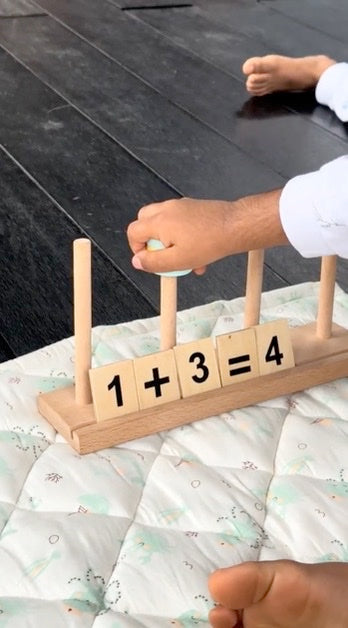In the last century, significant progress has been made in advancing gender equity globally and in India. Women gained the right to vote, fathers have become far more involved parents, and more folks and institutions recognize gender identities beyond the binary categories of male and female. However, persistent gaps remain. The majority of people believe there is more work to do on gender equality.
As such it is important to take a hard look at how biases might be affecting attitudes or actions. Be mindful that the relationships, language, and behaviors that come naturally to you may express bias. Think about what conclusions you jump to about what boys or girls should dress like, act like, think about and feel. Be aware of gendered marketing. For starters, engage your kids in making your home a bias-free zone. Although girls and women have made tremendous gains in school and work over the last few decades, females still continue to face challenges and barriers to leadership, including gender biases.
As adults, there is much we can do to prevent and reduce gender biases, including checking our own biases and being aware of the messages we are sending to both boys and girls day-to-day. There is also much we can to do to prepare girls to become leaders.
Lets take a look at why and how we can help kids kick stereotypes out of the window:
WHY
Kids are often unaware of the gender biases and stereotypes they confront every day, biases and stereotypes that can powerfully shape their views of gender. Kids need to learn from the adults in their lives how to recognize bias in themselves and others, how to talk constructively to others about biases, and how to avoid being influenced by stereotypes
HOW
Be alert to and prepared to explain to kids why bias is harmful in ways that they can understand and appreciate and give kids strategies for responding to biases and stereotypes that are appropriate for their developmental stage.
TRY THIS
- Ask kids what they think. Kids are excellent at finding unfair images of themselves and others, whether at school, in the neighborhood or in the media. Create a list together of gender stereotypes you both see or hear. Spot them when you’re watching television, listening to a song, or shopping for clothes together. Talk to them about how these stereotypes make them feel. If you see a bias or stereotype that your kids don’t see, point it out to them. Make the connection clear: “That commercial shows girls not caring about school as much as about how they look. That doesn’t seem fair.”
- Help kids be a first responder. Brainstorm with kids strategies for responding to stereotypes they encounter in their daily interactions. Talk together about the words they can use to speak up, and how those words might be different when talking to a friend or a stranger or a teacher, for example. Practice different responses and conduct role plays that help children find the right words. Help kids identify who their allies could be when they need more help in a difficult interaction.
- Question their lingo. When you hear kids use terms to describe boys or girls that reflect biases, ask them to consider what the words mean and what messages these words might send.



